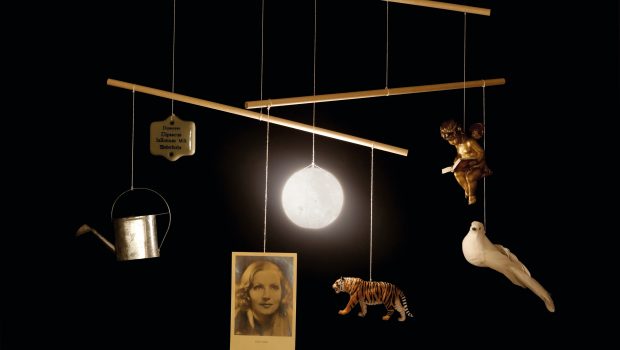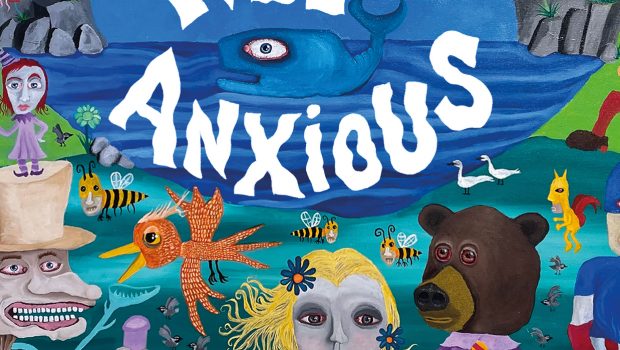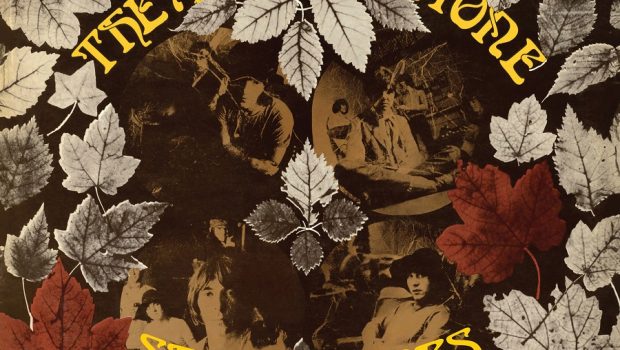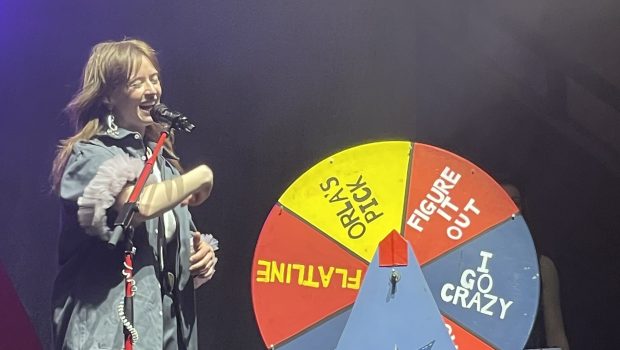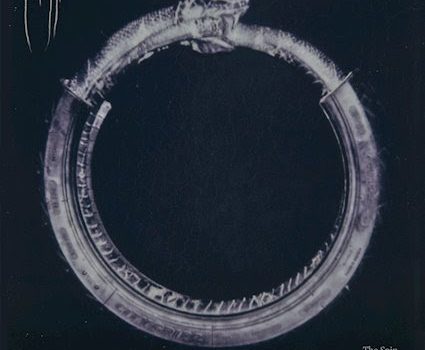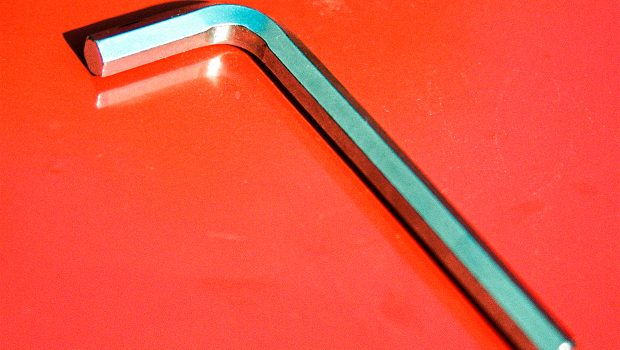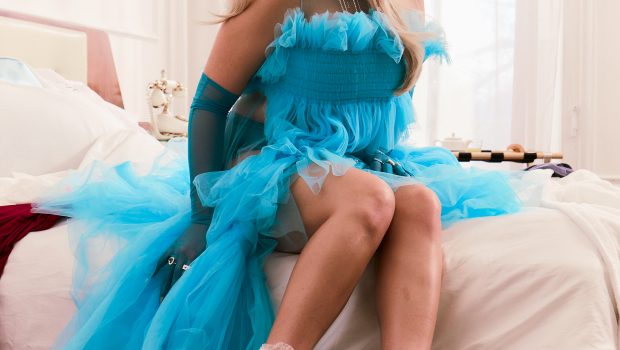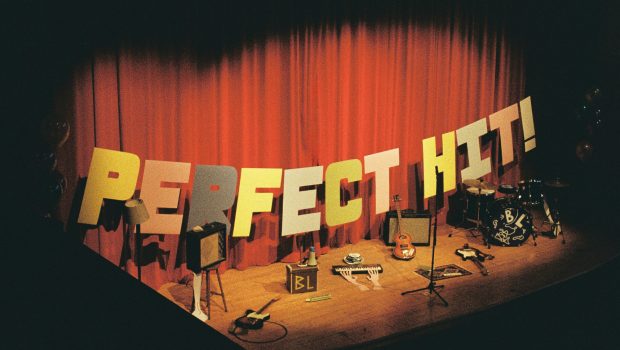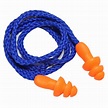 Hearing protection is important for music lovers, and high-quality solutions are increasingly stylish and affordable. To find out more, I took recommendations from friends, spoke to a lecturer in audiology at the University of Manchester, and trawled the internet, with Hearing Advisor’s rankings Best Concert Ear Plugs in 2024: Lab Tested being a great resource. This article contains no professional advice and prices are approximate at the time of writing (Black Friday 2024).
Hearing protection is important for music lovers, and high-quality solutions are increasingly stylish and affordable. To find out more, I took recommendations from friends, spoke to a lecturer in audiology at the University of Manchester, and trawled the internet, with Hearing Advisor’s rankings Best Concert Ear Plugs in 2024: Lab Tested being a great resource. This article contains no professional advice and prices are approximate at the time of writing (Black Friday 2024).
Noise reduction can help with concentration or overstimulation from noisy environments, and can help some people to sleep (although regular night-time use may result in earwax build-up), but protecting our hearing also has serious health implications. Most people will experience temporary ringing in the ears (tinnitus), but for some people this becomes permanent and others experience more serious hearing damage. Hearing loss from all causes affects nearly 1.5 billion people worldwide and studies show The effect of hearing aids on mortality – The Lancet Healthy Longevity that hearing loss correlates with increased all-cause mortality.
Prolonged exposure to sound pressure levels (SPL) above 80 decibels (dB) can cause damage, with some concerts and clubs reaching 110dB. The louder the sound, the quicker you will experience damage and the longer you are exposed, the more damage you will suffer.
Although it won’t seem that way to the listener, an increase of 3dB represents double the SPL, which means that hearing damage will occur twice as fast. At 97dB, the workplace exposure limit is 30 minutes; at 100dB it’s 15 minutes. At 110dB, even 2 minutes breaches the limit.
Attenuation – reducing the level of noise – can be achieved in a few ways. Moving away from the sound source (e.g. speakers) is surprisingly effective, particularly in open-air environments with no reflected sound. As a rule, doubling your distance from the source reduces SPL by 6dB – meaning four times longer before damage occurs.
For hearing protection, over-the-ear ‘ear defenders’ are an option, but I looked at in-the-ear solutions in three categories: disposable foam earplugs, reusable earplugs, and personalised moulded earplugs and will also talk about noise-cancelling headphones.
Our audiologist prefers reusable plugs with a flat frequency response and a keyring case but uses disposables if that’s all that’s available.
Improvised solutions like cotton wool or cigarette filters are definitely not recommended. It’s never a good idea to put anything in your ear that is not designed to go in there and most audiologists will see many cases of damaged ears caused by cotton buds. If you feel any pain or discomfort, you need to stop what you’re doing and, equally, you need to consider discomfort when providing care for someone like a child or elderly person. It’s also worth noting that adult-sized earplugs are unlikely to be suitable for children.
Disposable Foam Earplugs
Generally one-size and providing heavy noise reduction (ranging from 23-37dB), the cheap foam material gives an uneven frequency response, meaning disposables make everything sound muddy and muffled and make speech and music more difficult to perceive – a major problem for gigs but acceptable for sleeping and most workplaces. Disposables are relatively cheap per pair but if you regularly use hearing protection, you might find a set of reuseable plugs to be better value in the long term.
Foam earplugs cannot be cleaned effectively and I was told “re-using disposable earplugs is certainly not something we could ever recommend as health professionals”, due to the potential for ear infections. Although this writer has reused disposables without issues and while complications are rare, ear infections can result in hearing loss.
It’s worth noting that because concert venues are also workplaces, staff often have access to earplugs and I’ve found most venues happy to provide disposables to customers on request.
Disposables were recommended to me by a self-employed craftsman who uses 3M (31dB, £7 for 25 pairs) for protection and also a regular event-goer who uses Howard Leight (35dB, £5 for 30 pairs) for sleep, particularly when camping.
Fitted (Moulded) Earplugs
The top-end product, both in terms of quality and cost, these can include either simple noise-reducing plugs or in-ear monitors, such as those used by professional musicians.
Specially made to fit the exact shape of your ears and usually engineered to give an even response across the frequency range, these plugs should be comfortable to wear and the experience should be like turning the volume down on a stereo, instead of like being underwater, as you might experience with disposables.
Fitted plugs from specialists like Minerva Hearing (10-22dB, £150+) or Ultimate Hearing Protection Systems (23/29dB, £95+) require a set of “impressions” – measurements of your ear which are used to make a custom fit. An appointment to get a set of impressions costs around £30 and it’s recommended to have new impressions done every five years due to the changing shape of the ear, even in adults.
Generic Reusable Earplugs
This is the category which sparked this research and there has been huge progress in recent years with brands including Loop, Minuendo and (hilariously) Eargasms gaining popularity and offering increasingly stylish design and ever-improving sound quality. Products are generally re-usable, and cleaned using a wet cloth but still have a lifespan, some as little as six months, but this will depend on care and usage.
Prices vary from basic one-size Fender Musician Series earplugs (27dB, £7+) up to Loop Switch 2 (multi-mode at 20/23/26dB, £55). This category also includes soft plugs specifically designed for sleeping and Alpine Pluggies Kids for children aged 3-12 (25dB, £10).
There is generally no fitting involved, although Decibullz offer plugs you can mould yourself at home (31dB, £31). Some offer more than one size or come with multiple silicone earpieces in order to fit different sizes. If you are particularly large or small, this is an important consideration because an effective seal is key to providing hearing protection.
Most recommendations I received in this category were for Loop, including musicians, a friend who uses Loop Dream for sleeping and an autistic teen who wears them in almost all social situations. I also had recommendations for EarPeace and Etymotik, both of which I tested.
Etymotic ER20XS (17dB, £20) have great sound quality but the deep fit is disconcerting and the hard exterior makes them unsuitable for sleeping, while the relatively low noise reduction means they’re not ideal for the very loudest environments – but they work great for enhancing audio experiences in a noisy environment. EarPeace Music (swappable filters at 17/20/26dB, £25) were much more comfortable and the soft silicone and maximum filter would be a good option for sleeping, while the sound quality of the lighter filters is also excellent and the keyring carry case much better than the bulky plastic one which comes with Etymotik’s offering.
Noise Cancelling Headphones
Headphones and earbuds with active noise cancellation (ANC) are generally not designed or certified for hearing protection and don’t respond well to variable noise, working best with steady predictable noise like an airplane engine.
Earbuds don’t always create a seal within the ear canal and ANC technology rarely works across the full range of frequencies. This can give a false impression that your hearing is being protected, while still exposing you to dangerous levels of noise. However, our audiologist pointed out a major benefit, which is that “people are likely to listen to their music at a lower level because there’s less competing noise. The noise cancelling does have a genuine effect of reducing the SPL at the eardrum” when listening to music.
Even though they shouldn’t be relied upon as hearing protection, in a pinch, it is probably better to use earbuds on noise-cancelling mode rather than to have no hearing protection at all.
Recommendations were less clear, here. The consensus from a teen who uses them in loud social situations and from our audiologist is that noise cancelling earbuds are great for enhancing the experience of listening to your own music or reducing the mental fatigue of noisy environments but are not a replacement for dedicated hearing protection.
In conclusion…
Although it’s impossible to recommend a single product when it comes to earplugs, I would strongly recommend reusable earplugs if you want to preserve both your hearing and the experience of regular gigs, clubbing or playing in a band. They can offer a stylish solution at a reasonable price, and can preserve the quality of sound while providing a more cost-effective way to protect your hearing for repeated use, compared to buying disposable earplugs.
When choosing a product, more attenuation (how many dB of noise reduction you get) means more protection; if you’re regularly going to loud, long gigs (or looking for something for sleep), aim above 20dB. For more occasional use, quieter styles like jazz or for smaller venues, you should get away with less attenuation – in which case, finding something with an even (or “flat”) frequency response is the main consideration, as this means better sound quality.
It’s important how plugs physically fit you – but our audiologist said that for most people, a personalised, moulded fit is a matter of preference, rather than value-for-money.


